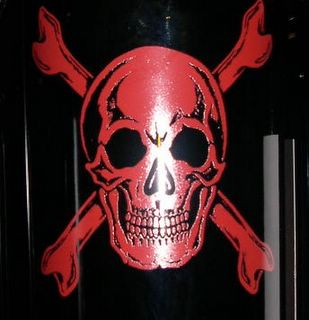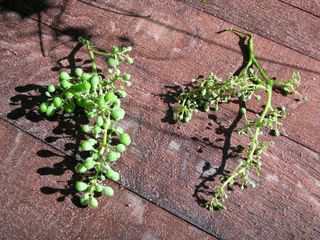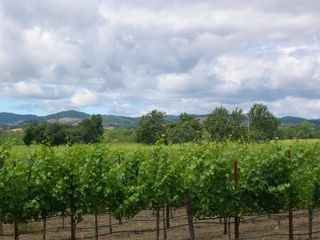I've commented previously on what I feel is the most irresponsible package I've ever seen, but didn't have a closer photo until a recent email from Stuart. (click pic for larger view)
Listen - this, as clever as it is, is the stupidest design I've ever come across. I can only imagine what doctors and ER nurses think when they see this on the shelf.
I'm scared to even think that any children see it in the store, and truly horrified to think that children may see parents/grownups/guardians drinking wine from a bottle labeled as such.
How could this ever have been allowed?
The ATF/TTB doesn't generally allow nudity on labels, and one of its greatest missions is to prevent misleading or confusing labeling of wine.
So how'd this happen? Who was asleep in their office instead of doing his/her job? It's just grossly over the line of acceptability, and potentially confusing. As far as I know, the skull and crossbones are an international symbol for poison, and I should hope that their product wouldn't be allowed into any other country.
The US Gov't never should have approved it. Period.
And frankly, a case could be made that a little nudity (which said <winery name> also has on a bottle dress) was a lesser evil than a red skull & crossbones. Yet nudity is a pariah, while we can all view this 'poizin' to our hearts content...
********
These people appear to want attention at any cost...even if it means using some artful yet incredibly foolish methods. That's exactly what those wholesalers/distributors/neo-prohibitionists are looking for to demonstrate the supposed 'evil' nature of the wine industry.
Some will rightly point out that I'm giving said <winery name> some attention they don't deserve (which is why I'm not saying the <winery name>) but I still feel the topic needs to be discussed.
I'll never buy this product, never ever.













